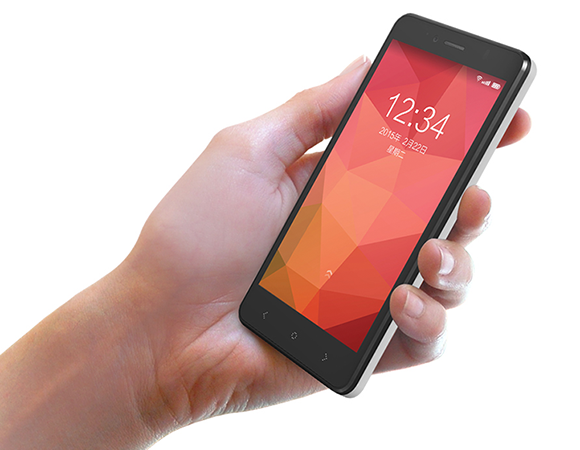Graphene-based Chinese smartphone technology could ‘boost battery life by 50 per cent’.
Phone and tablet owners frustrated that their devices only stay charged for half a day may have found their salvation in new Chinese smartphones which contain the so-called wonder material graphene.
The use of graphene for the Galapad Settler device makes its touchscreen more sensitive, colours appear brighter, and helps prolong battery life and standby time drastically, according to the two companies behind it.
Chongqing-based graphene researcher and maker Moxi teamed up with Shenzhen-based tablet maker Galapad to release 30,000 of the Android handsets this week, according to their websites. Each device costs 2,499 yuan (US$399).
Graphene is used in in the 5.5-inch phone’s touchscreen, 3000-mAh battery and case, said a representative for Moxi who gave his name as Mr Wu.
First produced in a lab in 2003, is the name given to a novel substance composed of a single layer of carbon atoms, extracted from graphite, with astonishing properties. It is around 100 times stronger than steel by weight, conducts electricity and heat incredibly efficiently, is more flexible than rubber and almost transparent.
Andre Geim and Konstantin Novoselov at the University of Manchester won the Nobel Prize in Physics in 2010 “for groundbreaking experiments regarding the two-dimensional material graphene”.
In stark contrast to the futuristic material used in its manufacture, the phone’s specifications are somewhat low-key. It runs off a 64-bit quadcore Snapdragon 410 processor along with 2GB RAM and has 16GB of internal storage. The device has a 8 megapixel camera and a 5MP camera on the front.
The touchscreens made with graphene are able to transmit more light, so can produce better colours and are more sensitive than conventional ones, Wu said.
The use of graphene in batteries raises the charge density by 10 per cent and extends the overall battery life by 50 per cent, he said.
According to Wu, the phone’s graphene-laden case is a far better conductor of heat than ordinary handsets, so the hottest its surface will get is around 35 degrees Celsius.
“The existing model uses conventional glass in the touchscreen laced with graphene, but as the technology matures, the screen can be made much lighter, thinner and can bend 180 degrees, while giving it much better protection from scratches and drops,” he said.
The company holds more than 100 Chinese patents in graphene technology and two international patents, Wu said, but he declined to say how many of them were involved in the new phone.
The handset is not the world’s first smartphone to utilise graphene, only the first to be mass-produced. In 2013, Jiangsu-based Wuxi Graphene Technologies said it had produced the world’s first graphene smartphone, but little has been revealed about the device since then.
Wu declined to reveal how popular the device has proven since it went on sale on Monday.
The phone’s technology was jointly developed over two years ago by two research institutes under the Chinese Academy of Sciences, the Chongqing Institute of Green and Intelligent Technology and the Ningbo Institute of Materials Technology & Engineering. Wu declined to reveal how many researchers worked on the project.
Photo’s captation: picture of the new Galapad graphene-based phone.












